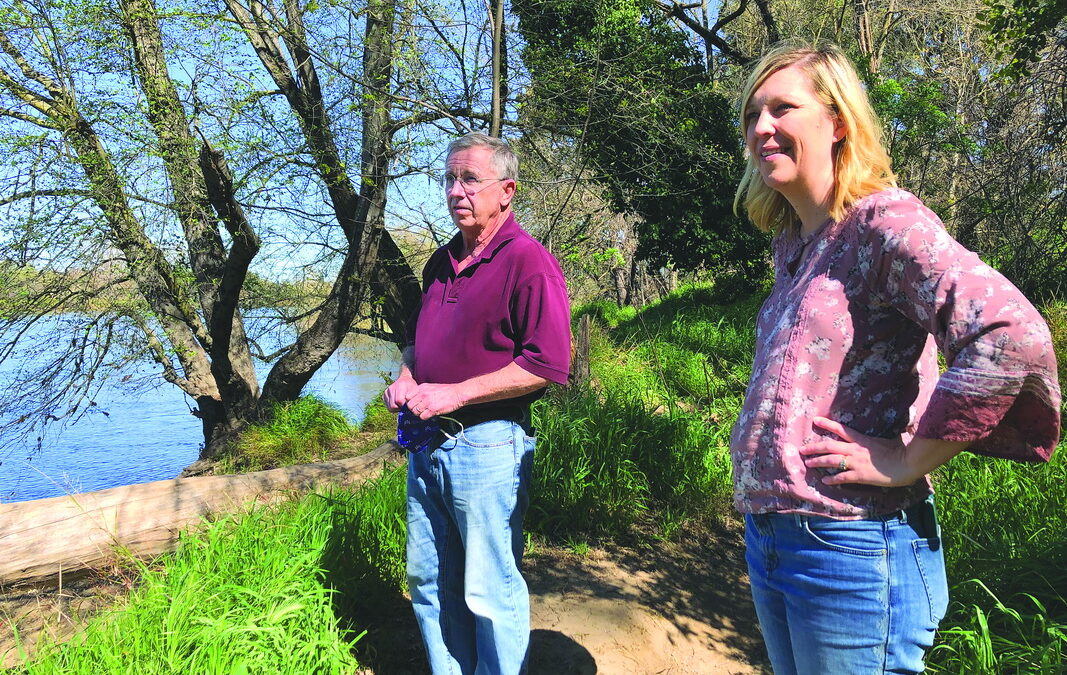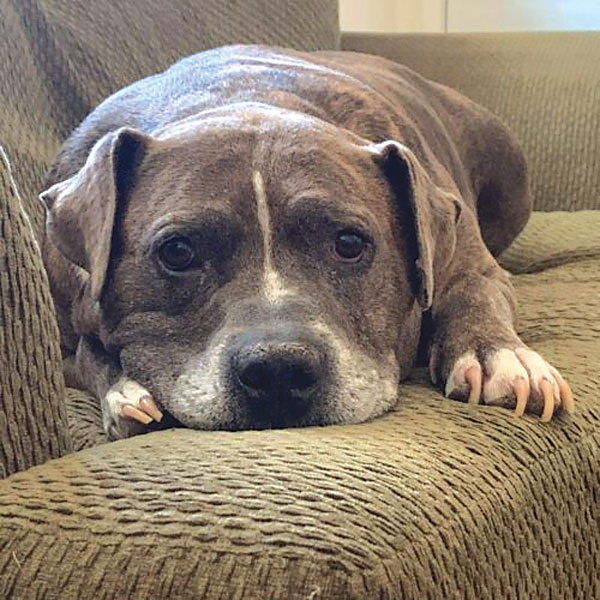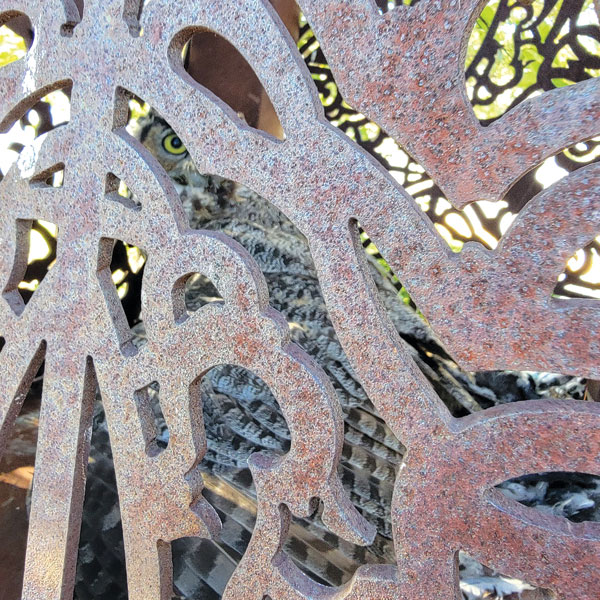
Apr 28, 2024
My husband and I live two blocks from the American River Parkway. Dog walks are daily events along dirt paths lined with old oaks and thick sagebrush. The river flows steps away.
We share space with snowy egrets, pond turtles, mallard ducks and Canada geese. Occasionally a family of mule deer allows us to pass.
The problem with having a majestic river in your backyard?
Sacramento is one of the most at-risk areas for flooding in the United States, reports the U.S. Army Corps of Engineers.

Apr 28, 2024
Dags was named for the dagger-shaped marking on the back of his neck. A mix of husky, pit bull and lab, the big mutt lives with owner Joey Rival at the Safe Stay Community on Florin Road.
The community offers cabin-style shelters for 125 unhoused guests and their pets.
“I take Dags everywhere I go,” says Rival, who moved to Safe Stay last November. At the time, his 2-year-old canine companion was not neutered.
That’s when Sacramento County’s PAWS (Pet Aid & Wellness Services) Mobile Clinic stepped in.

Mar 28, 2024
Public artwork at the Light Rail Station on Franklin Boulevard is no longer a death trap for birds.
Sculptor David Best made permanent modifications to his rusted steel archway in late February that will prevent birds, including pigeons and birds of prey, from entering the structure with no way out.
“This was an accident that birds were trapped in the sculpture and died,” Best says. “This was not intentional.”

Feb 28, 2024
Front Street Animal Shelter killed 1,132 animals in 2023. This year, more than 150 dogs and cats have lost their lives.
These numbers are important. Hayden’s Law, enacted in 1998 to move California toward a no-kill state, says “no adoptable animal should be euthanized if it can be adopted into a suitable home.” This includes animals who “could become adoptable with reasonable efforts.”
“Killing adoptable animals is easier than putting in the effort to save them,” says Julie Virga, a local animal advocate who campaigns against what she calls Front Street’s mismanagement. “This is a complete failure of leadership.”

Jan 28, 2024
Buggles, a pit bull mix with a tongue-forward smile, had skin infections across his face and body. Lilo faced death without immediate medical care. Markie’s new family received free dog food and preventive medicine after adopting the easygoing mutt.
All three stories reflect the work of Friends of Front Street Animal Shelter, a nonprofit established in 2001 to help animals at the city shelter. Last year, Friends brought in $750,000, mostly from individual donors.

Dec 28, 2023
The call came into the Wildlife Care Association in early September. A great horned owl was caught in a metal art structure at the Franklin Light Rail Station near Consumnes River College. The large bird of prey had been trapped for at least 24 hours.
Chris Lay, a Wildlife Care volunteer with eight years of experience, was first to respond. “He was alive, but there was no way to get him out,” she says.











